
With the first day of winter (winter solstice) rapidly approaching on the 22nd of December, for people living in the United States and the rest of the northern hemisphere, so does a slow shift of “in season” fruits and vegetables. But just because our Sun is in its farthest south position it does not mean that eating locally should stop; there are plenty of good-for-you winter crops that are available both locally and grown in hoop houses and other other methods to extend the natural growing season.
In fact, backyard hoop houses can make it seem like you moved your garden hundreds of miles to the south. Growers can count on four to six weeks of extra production in some seasons. By adding an inner layer of cover inside a hoop and picking cold-hardy varieties, people can grow right through winter — even in the coldest climates (Source: motherearthnews.com).
Of course, depending on your region, specific crops and harvest dates will vary and may be available only locally in temperate regions (see regional seasonality guides and state-specific seasonality guides for more details).
Please see http://localfoods.about.com/od/whatsinseason/a/WinterFruitVeg.htm for more information.
are in season in temperate climates fall through spring, and available from storage most of the year everywhere else. Fresh beets are often sold with their greens still attached.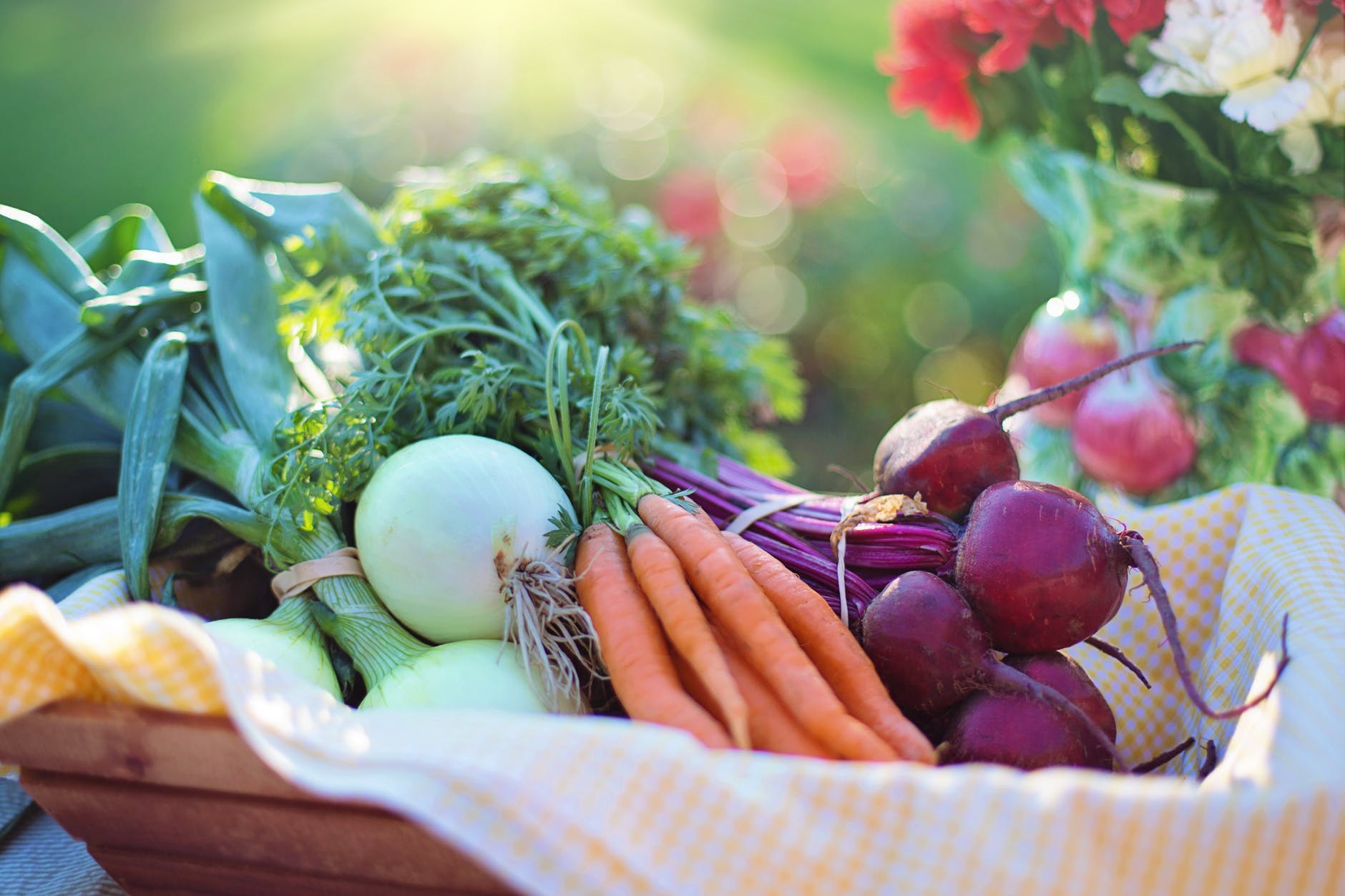
are mostly "forced" to grow in artificial conditions, and are thus available year-round. Their traditional season (when grown in fields and covered with sand to keep out the light), like that of all chicories, is late fall and winter.
like many cruciferous vegetables, can be grown year-round in temperate climates so we've forgotten it even has a season. But, like the rest of its family, it tastes best (that is, more sweet, less bitter and sharp) when harvested in the cooler temperatures of fall in most climates.
is a more bitter, leafier vegetable than its cousin, broccoli, but likes similar cool growing conditions.
grow on a stalk, and if you see them for sale that way snap them up - they'll last quite a bit longer than once they're cut.
is bright and crisp when raw and mellows and sweetens the longer it's cooked. The cooler the weather in grows in, the sweeter it tends to taste (this effect is called "frost kissed").
taste a lot like artichokes; look for firm, heavy-feeling specimens.
are available from winter storage from local growers in many areas, and fresh in warmer and temperate regions.
may be grown, harvested, and sold year-round, but it is by nature a cool weather crop and at its best in fall and winter and into early spring.
is at its best in the cooler months of fall, winter, and early spring (except in cold climates, where you'll find it during the summer and early fall).
is at its best in the fall, with its harvest continuing through winter in warm and temperate climates.
are cool weather crops that come into season in late fall (and last in temperate climates through early spring).
are small, sweet orange available from December through the winter. Eat them ripe off the tree.
is a chicory at its best in fall and winter.
is another bitter chicory in season fall and winter.
has a natural season from fall through early spring. Like most cool weather crops, the plant bolts and turns bitter in warmer weather.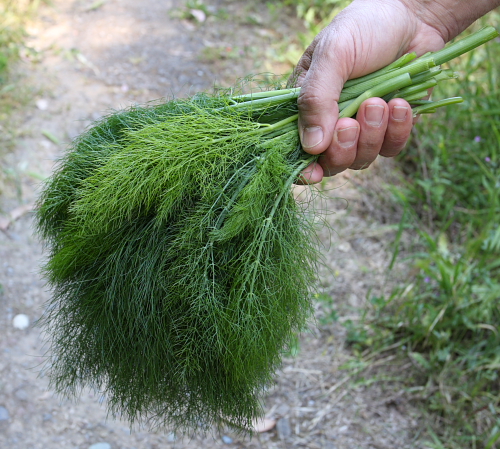
from California, Texas, Florida, and Arizona comes into season in January and stays sweet and juicy into early summer. Pick them ripe off of the tree to ensure best flavor and low acidity residue in the body.
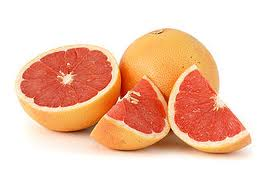
is at its best in fall and winter. Like so many other root vegetables, however, it stores well and is often available in decent shape well into spring.
are brown nubs that look a bit like small pieces of fresh ginger. Look for firm tubers with smooth, tan skins in fall and winter.
One of my favorites! Kale is like all hearty cooking green - cooler weather keeps it sweet
grow on vines and are harvested winter through springing warmer and temperate areas.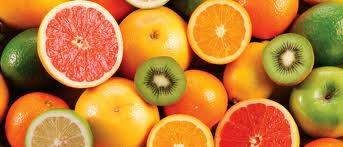
(late fall) comes into season by the end of fall, but stays at its sweet best into winter.
(late) are teeny tiny citrus fruit that are completely edible – peel and all. Try them out-of-hand or added to salads.
more than about 1 1/2 inches wide tend to have tough inner cores. The top green leaves should look fresh - avoid leeks with wilted tops.
tend to be at their best winter and spring.
are sweet and juicy in winter.
add sunny brightness to winter eating. Eat them ripe off the tree only.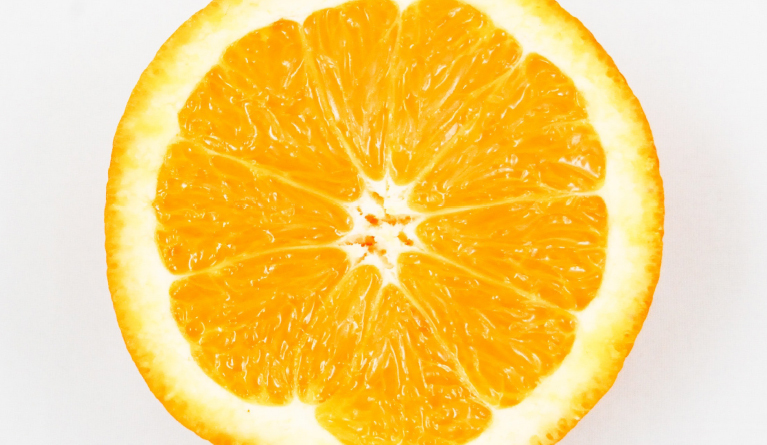
look like white carrots and have a great nutty flavor. Look for thinner parsnips, since fatter ones tend to have a thick, woody core you need to cut out.
have a season that runs from mid-summer well into winter, depending on the variety and region.
are available for a short window in the fall and early winter - look for bright, heavy-feeling fruits.
are large, sunny grapefruit-like fruits.

like all chicories, radicchios are sweeter and less bitter when the weather is cool.

also known as "yellow turnips" and "Swedes" are a sweet, nutty root vegetables perfect in stews, roasted, or mashed with plenty of butter.
(my new favorite fruit) have loose skins and super-sweet tangerine flavor.
(storage)
are often sold as "yams." They store very well and so are available from local sources year-round in warmer areas and otherwise from late summer through winter. Puree them for the perfect baby’s 1st foods.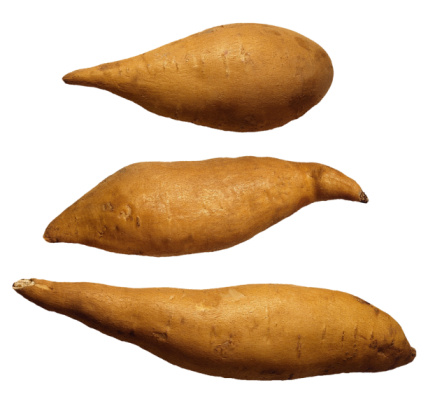
are oranges' sweeter, more honeyed cousins. As with all citrus fruit, look for specimens that feel heavy for their size.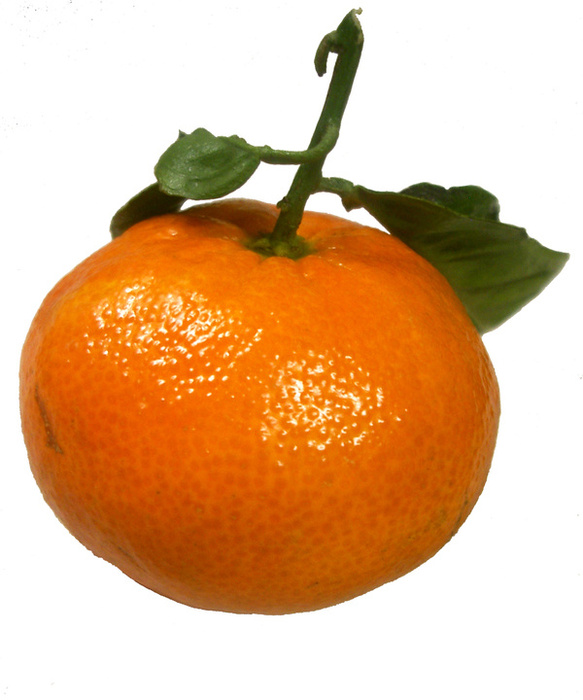
is the longer, slimmer, more elegant version of radicchio.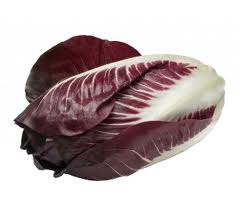
have a bad rap they don't deserve. Fresh turnips have a sharp but bright and sweet flavor. Look for turnips that feel heavy for their size.
of all sorts comes into season in early fall and usually last well into winter.
I have written about eating locally and seasonally many times before, but just in case this is your first time reading an article about seasonally eating, I will recap the many beneficial reasons on why this habit is optimally beneficial for our health and our environment.
By eating with the seasons, we are eating foods when they are at their peak taste, are the most abundant, and the least expensive.
n fact, spending money locally generates twice as much income for the local economy as it would elsewhere.
Some produce have to travel more than 3000 miles to make it to the grocer’s stand, but food harvested and sold at the local farmer's market has often been picked within 24 hours of your purchase. This freshness not only affects the taste of your food, but the nutritional value which declines with time.
Most commercial agricultural farms pick and harvest produce when they are still “green”, only to ripen them artificially with ethylene gas.
Ethylene gas in the form of a liquid is most dangerous to humans who are applying the gas to crops or in fruit or vegetable ripening rooms because it can be very flammable and explosive. If a person is contaminated by ethylene gas by inhalation, it can cause dizziness, nausea, and even suffocation or asphyxia (through lack of oxygen).
Food with less distance to travel from farm to plate has less susceptibility to harmful contamination and questionable farming regulations and governmental inspections (especially on foreign soil).
When a farmer is producing food that will not travel a long distance, will have a shorter shelf life, and does not have a high-yield demand, the farmer is free to try small crops of various fruits and vegetables that would probably never make it to a large supermarket.
When you buy local, you give those with local open space - farms and pastures - an economic reason to stay open and undeveloped. (Sources: fogcity.blogs.com)
